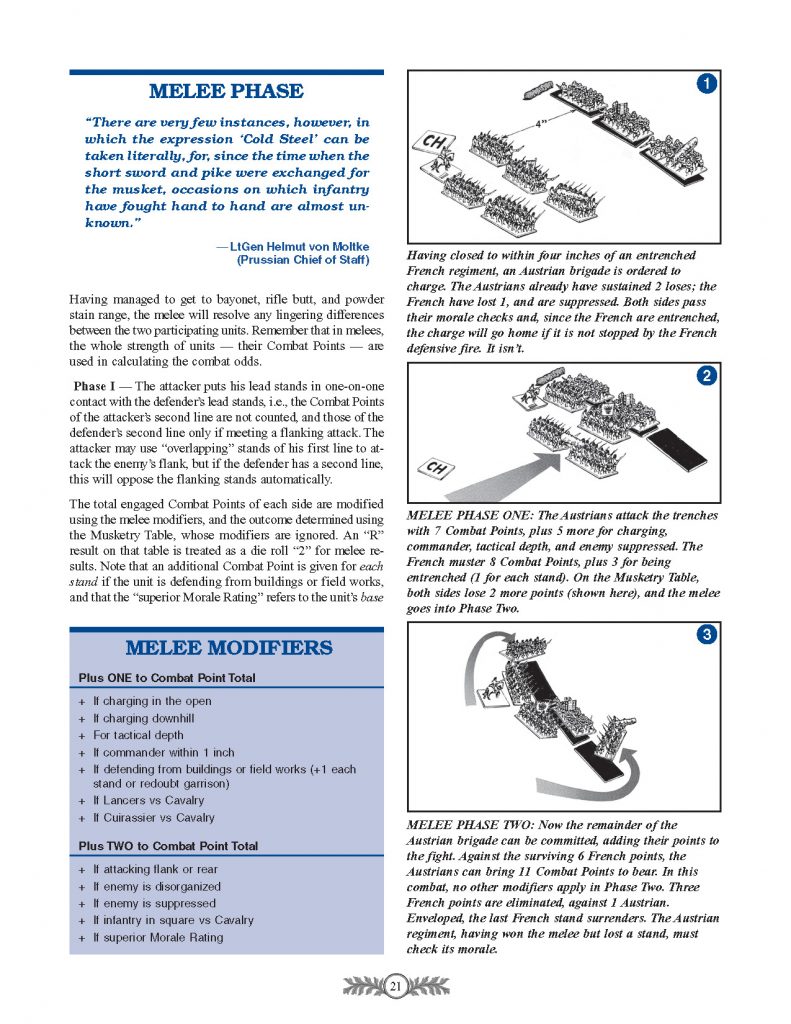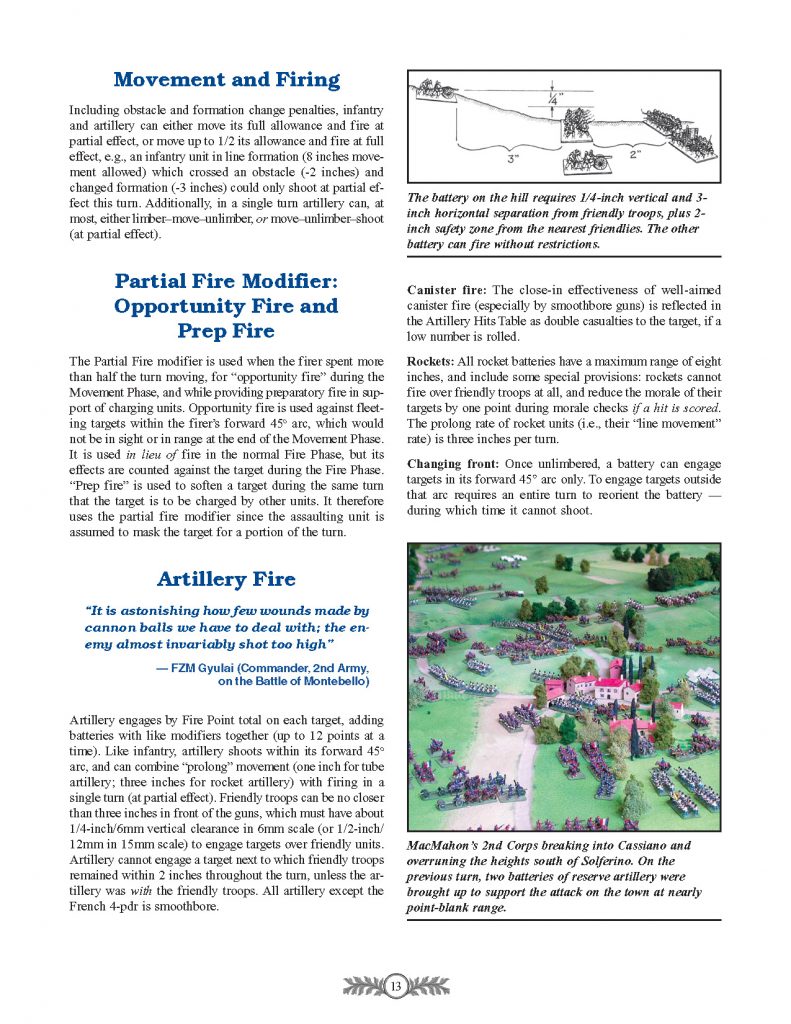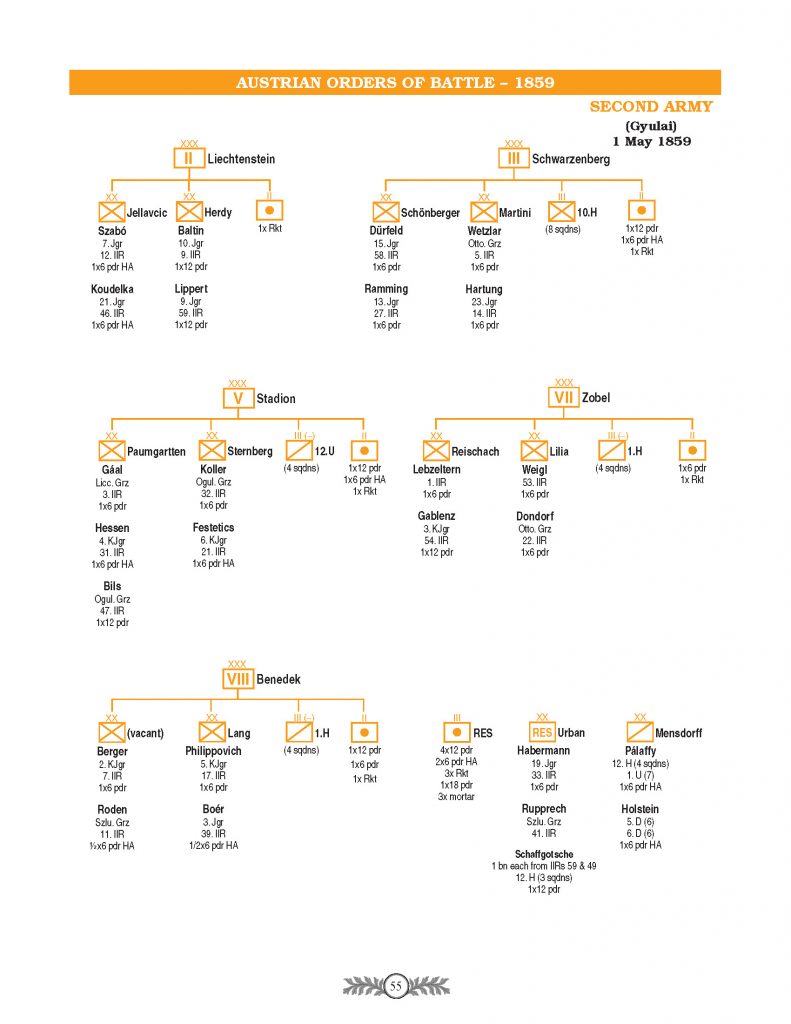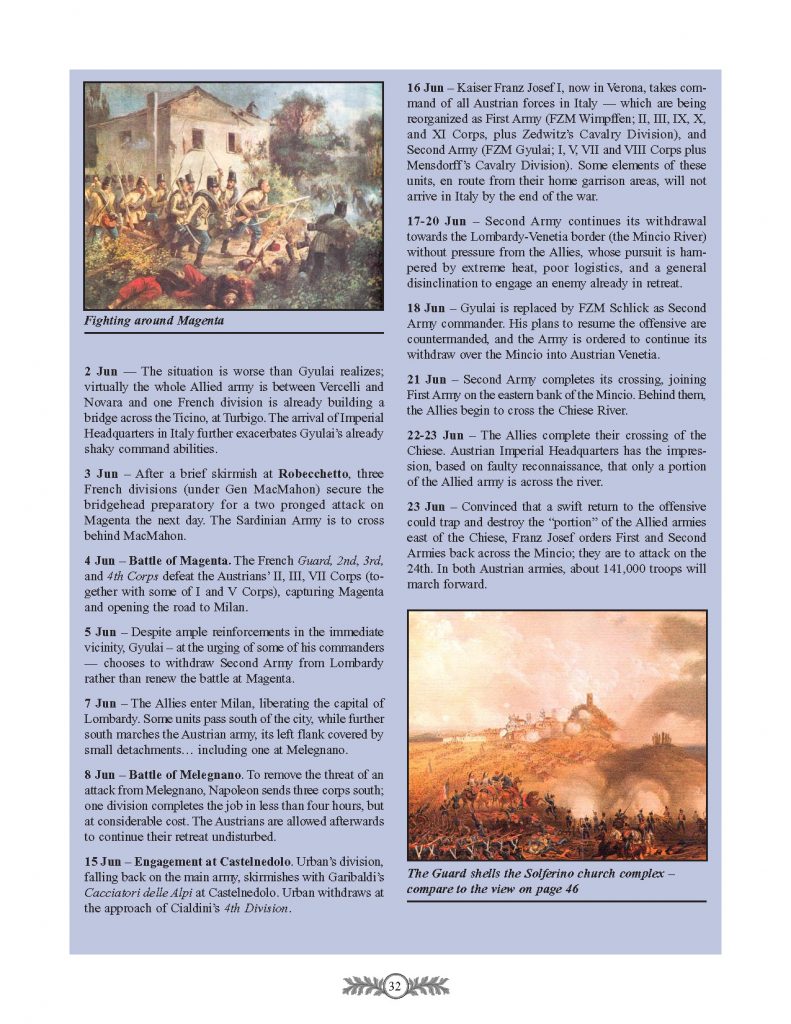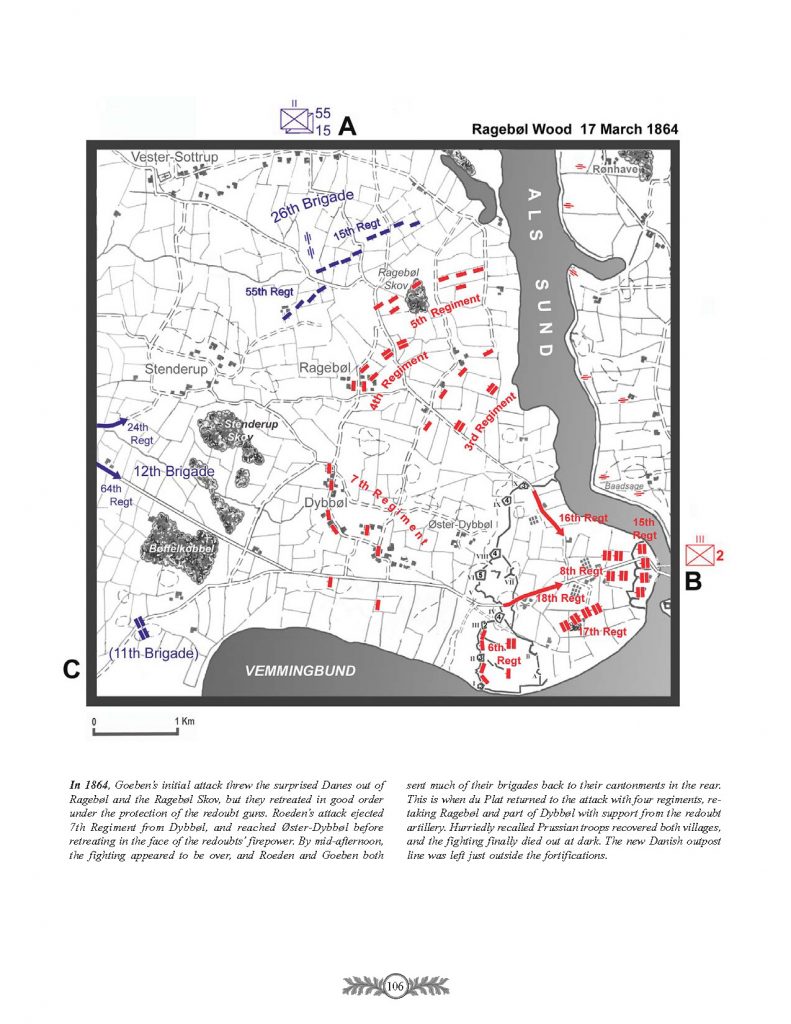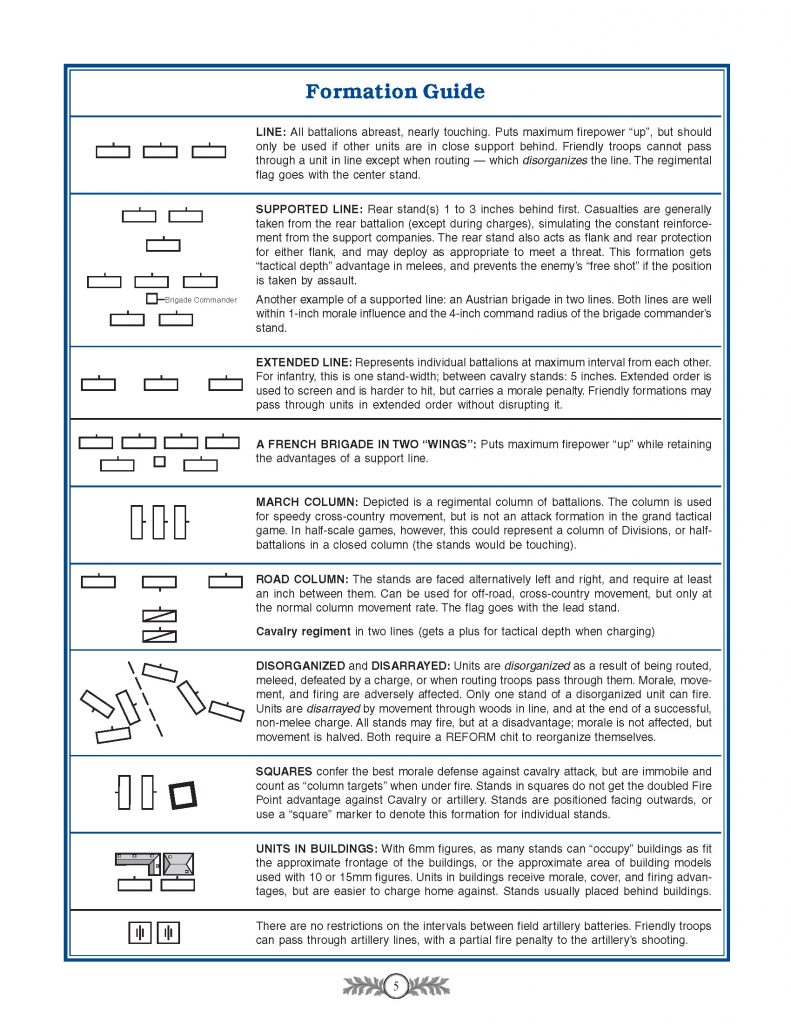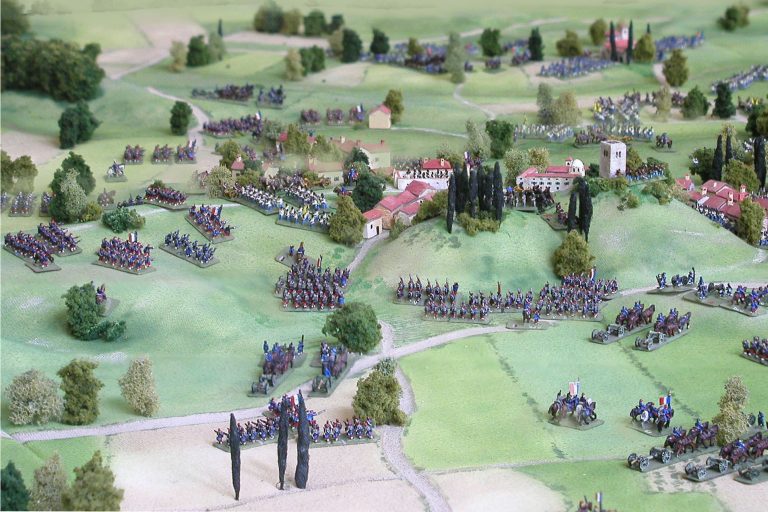
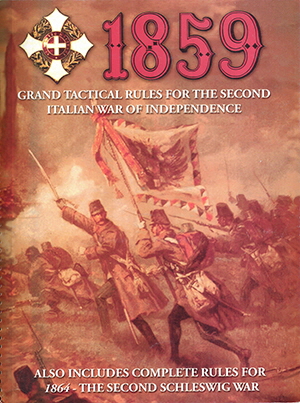 1859/1864, published in 2006, covers both the 1859 Second Italian War of Independence and the 1864 Second Schleswig War.
1859/1864, published in 2006, covers both the 1859 Second Italian War of Independence and the 1864 Second Schleswig War.
The former was a brief war (the operations spanned just over one month) that culminated in one of the largest battles of the 19th century: Solferino. All the war’s major field battles are included in the rules booklet, including Montebello, Palestro, Magenta, and Melegnano. Solferino is so large that it necessitated three overlapping scenarios: the critical struggle for Solferino in the center; the wide-open fight on the Medole Plain to the south, and the Sardinian Army’s struggle at San Martino in the north.
The five year interlude before the next war is covered in detail in the historical notes, as the Prussian Army reformed itself and the Austrian Army reinvented itself before becoming embroiled, with Prussia, in the Schleswig-Holstein conflict with Denmark. The seven battles featured in 1864 include open field battles and attacks on formidable field works, a large amphibious assault – and a massive hypothetical Austro-Prussian assault that came within a few hours of actually occurring.
- Designed for fast, accurate resolution of battles with minimal tables (3) and modifiers.
- Options have been kept to a minimum in the interests of completing a reasonably faithful recreation of a large battle in an afternoon.
- Includes three different scales, for large battles at the grand tactical level (several corps per side), and small-scale engagements down to regimental level.
- Streamlined turn sequence; simple, proven command and control system; straightforward combat resolution.
- Two 4-sided “Cheat Sheets” included, for two different scale games. Suitable for 6mm, 10mm, and 15mm basing systems; 1 inch= 100m; 1 turn = 30 minutes.
- Includes 14 historical battle scenarios (7 in Italy, 7 in Denmark), each with several historical variants.
- Extensive historical notes, military chronologies, and orders of battle for the French, Austrian, Sardinian, Danish, and Prussian armies.
- Annotated Bibliography of over 90 entries.
- As with the other Grand Tactical Rules, there is an updated quick reference sheet (and rules summary) for the revised, quick-play 1859 and 1864 rules here. This will enable much faster resolution of 1859 and 1864 battles using the new 1871-style fast play improvements.
As much a source book as a rule set, the extensive historical notes, military chronology, annotated bibliography and detailed orders of battle provide ample reference material for custom designing additional campaigns or battles. A multitude of diagrams also helps the gamer understand the nuances of formations, maneuvers, and tactics, as well as visually differentiating the three different playing scales available.
Featuring 14 historical scenarios — seven covering the major battles of the 1859 Italian war and seven of the 1864 war in Denmark. Each use detailed maps based on modern and contemporary sources, and complete orders of battle. Each scenario also includes “what if” variants positing historically plausible alternative missions or forces. Two four-page card stock ”cheat sheets” are included in this booklet first designed for the full- and half-scale games most frequently used in 1859, and the second for the quarter-scale games common in 1864.
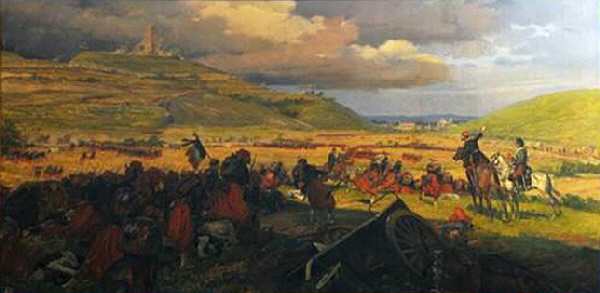
Illustrations from period sources have been chosen to impart the feel of the actual battles, such as Malerba and Salvadori’s painting of the Battle of Solferino.
The many photos of actual game boards illustrate how play may progress. Here MacMahon’s 2nd Corps breaks into Cassiano and overruns the heights south of Solferino.


